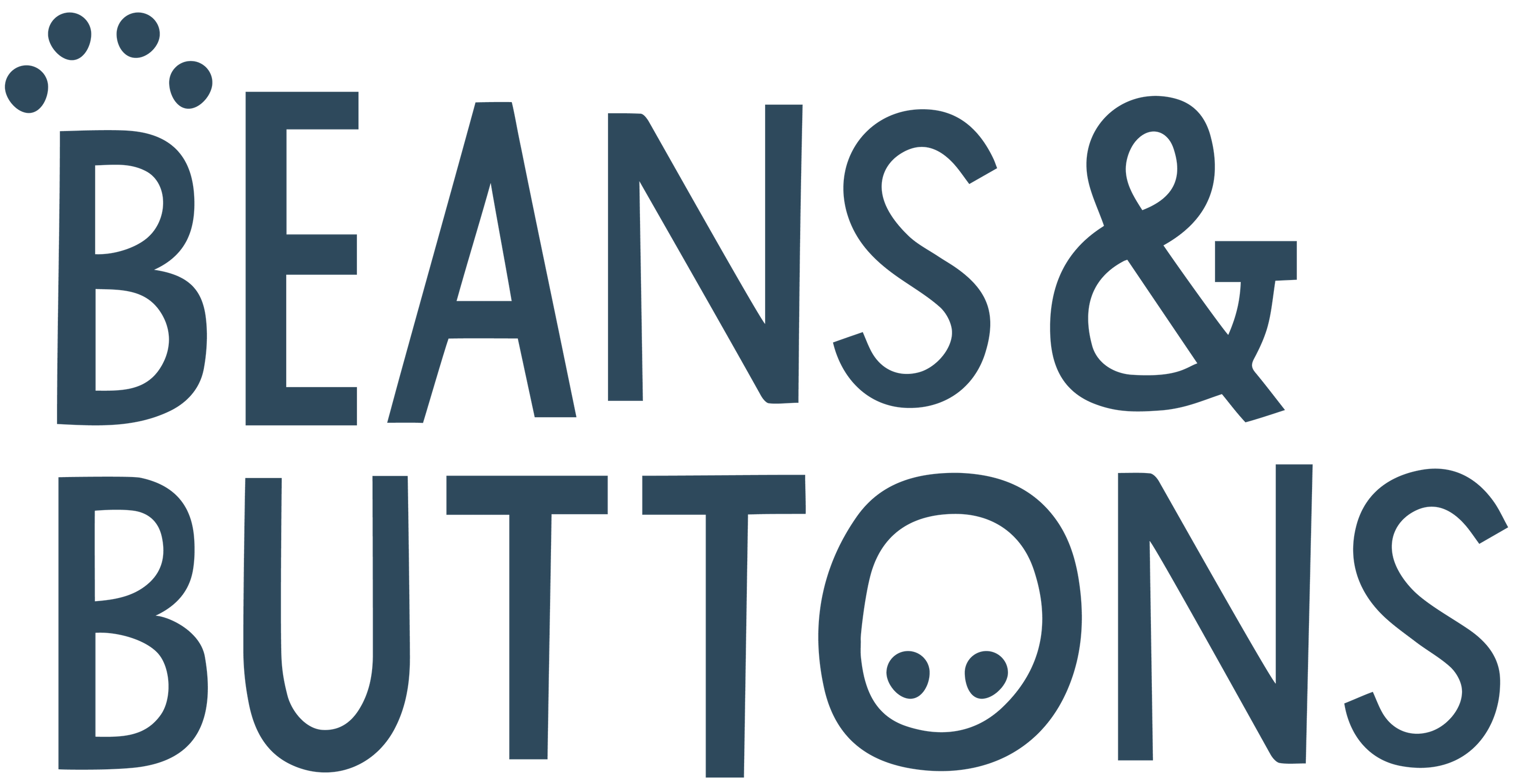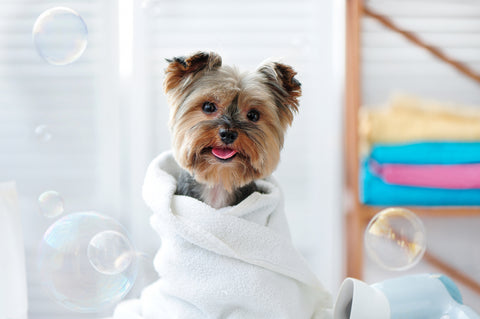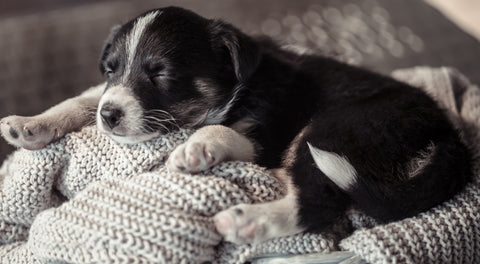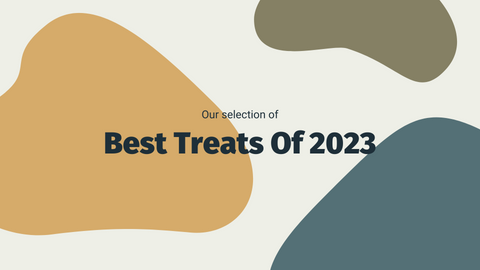Part of your dog’s long term wellbeing is owed to regular grooming. And like with us humans, puppies should be introduced to a grooming routine early on. This will help them get them comfortable with it and learn to enjoy it.
When it comes to grooming, there are many tools available out there and they all seem to want to get you confused. We want to demystify some of these tools and help you pick what is right for you and your pup.
Coats and brush types
Different dog breeds have different coat types and hence different care guidelines. If you’re unsure which type of coat your dog has, take him to a groomer (or next time at the vet) and ask. In this section, we tell you a bit about coat types and the suitable brushes.
- Double coat:
- A deshedding rake is great for removing dead undercoats.
- A slicker brush or a double slicker brush is great for reaching the undercoat while brushing the top coat too. They're gentle yet effective.
- Short coat:
- A deshedding comb or brush. We recommend something like the Furbliss Curry Comb.
- Drop coat:
- Drop coats don’t usually have an undercoat and these breeds don't shed. This means you’ll need extra grooming care.
- A normal (human) hair detangling brush to brush after the bath.
- A metal comb to detangle the hair when dry.
- A (small or appropriate sized) slicker brush for regular brushing to prevent tangling.
- A tight tooth comb is ideal for picking and cleaning out debris from their thin fur.
- Curly coat:
- A slicker brush with the longest teeth you can find. With curly coats you want to make sure you get through all the fur.
- Combo coat:
- It will all be dependent on the texture of your puppy's fur. If you’re not sure what your pup’s fur combination is, it’s best to ask a groomer what works for your dog.
For better visualization, we've put together images for the different types of brushes.
|
Slicker Brush (pictured from Lila Loves It) |
 |
| Metal Comb |  |
| Deshedding Rake (pictured from Furbliss) |
 |
| Detangling Brush (pictured from Chris Christensen) |
 |
Bathing
While it’s true you shouldn’t wash a dog’s hair too often, that doesn’t mean we should never wash them. Dog's coats are self-cleaning and the sebum they release protects them and their skin. But a good bath from time to time has its benefits as well.
Deciding how often you want to bathe your dog is a personal decision. We’re big fans of choosing whatever you feel it’s best for you and your dog!
If you do decide to bathe your dog, we encourage you to use both a shampoo and a conditioner fitting for your dog's coat.
For drop and curly coats the conditioner will improve your grooming routine. It will make brushing easier and it will prevent dirt and dust from holding on to the fur as with shampoo only.
The conditioner works just like for us humans, making our hair softer and easier to comb and to maintain. Aim to bathe curly and drop coats every 3-4 weeks. All other coats don't need to be washed as often.
Ear Care
Dogs’ ears are sensitive. As wax and oils build up inside the ear over time, they can become prone to infections. External factors like excess moisture or allergies can increase the risk of infections.Things that show your dog might have an ear infection include:
- Foul odor around or in the ear
- Discharge from the ear
- Swelling or redness of the ear canal
- Excess pawing or scratching of the ears
To clean a dog’s ears use a gentle ear cleanser and follow its instructions carefully. Please don’t insert any cotton swabs or objects down the ear canal of your dog. Use cotton pads instead to clean out the excess solution and remains. If there are any unwanted leftovers in your dog’s ears, he will shake his head to remove them. If he needs help you will know as he will scratch his ear more than usual.
Nail trimming
Like our nails, your dog’s nails will constantly grow.
Depending on the level of exercise and the surfaces your dog usually walks on they might need more or less nail grooming. Often you won't need to trim all nails but only some.
Make sure to have some styptic powder or other clotting powder, link a zinc powder, at home. This will come in handy if you need to stop bleeding in case you cut a nail too short.
Long nails can turn a healthy paw into a splayed foot. They also reduce traction and can cause deformed feet and injure the tendons. But keep in mind, some dogs might wear their nails down and won’t need to have them clipped as often.
There are two ways in which you can shorten your dog’s nails:
- Nail clipping scissors
- Nail grinders
Dental care
Brushing your dog's teeth on a regular basis is very important.Start small with a little toothpaste for dogs on your finger and putting your finger in his/her mouth. If you start with this when he’s only 8-10 weeks old, you will make transitioning to a proper toothbrush easier.
You can transition to a toothbrush only once the puppy changed all his milk teeth.
Especially for small breeds who tend to live long lives, dental care is vital. There is a tendency for dog's teeth to fall as a result of bad dental hygiene. Thus, brushing their teeth will help you prevent or ease dental pain on your dog further down the road.
If you start seeing yellow marks on the teeth it’s time to consult a vet and see what they recommend.
While we’re no experts, we understand that the level of care you put into your dog’s grooming routine is dependent on how much time you have available. Some dogs need significantly more attention than others and that should play a big role in choosing the right breed for you.




Kommentare (0)
Es gibt noch keine Kommentare. Sei der Erste, der einen Beitrag schreibt!